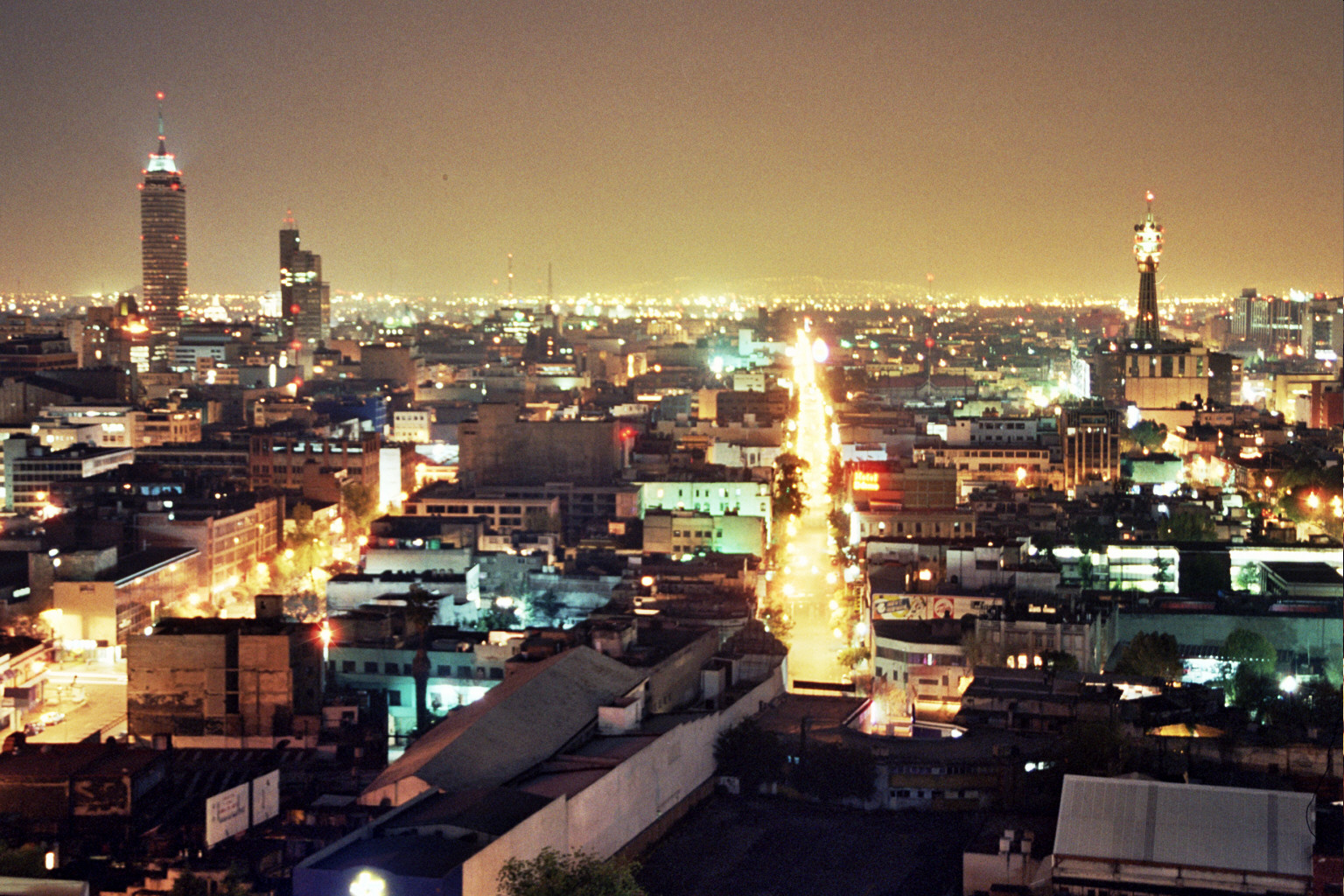When most people think of pollution, physical substances like toxic liquids, poisonous gasses, and garbage litter are usually among the first things that come to mind. Contamination of the natural world, though, is not limited to such classic poisoners of the land, air, and sea. Pollution can come in the form of energy as well, including noise, heat, and artificial light. How can light be a pollutant, one may ask, when it is a necessity for nearly all forms of life on this planet? This is a fair and understandable question, as the very concept of light as a pollutant is rather counterintuitive. Nontheless, light pollution is a very real phenomenon, and one that is yielding notable, often detrimental consequences for species and ecosystems all over the world.
 |
| Global Use of Artificial Light at Night http://upload.wikimedia.org/wikipedia/commons/3/33/Terre-lumieres_de_nuit.jpg |
 |
| Urban Sky Glow http://upload.wikimedia.org/wikipedia/commons/f/fe/M%C3%A9xico_City_at_Night_2005.jpg |